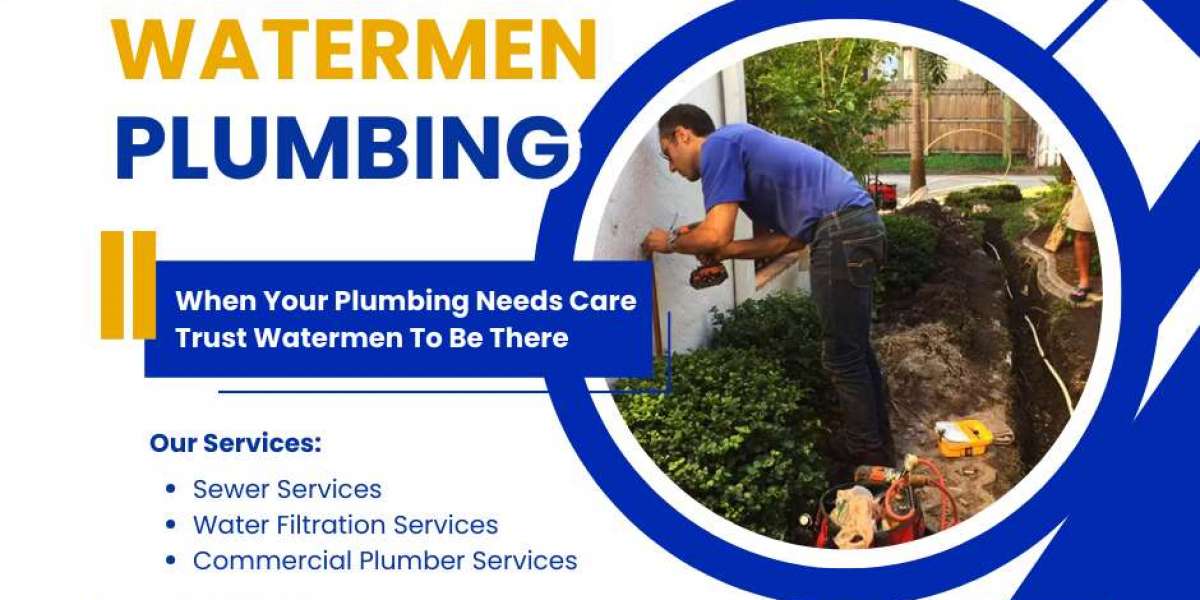ICD-10 Code E78.5 refers to hyperlipidemia, unspecified, a common diagnosis related to elevated levels of lipids in the blood. This diagnosis code E78.5 is significant because hyperlipidemia is often associated with increased risks for cardiovascular diseases. Proper documentation of this condition is essential for accurate billing and reimbursement in healthcare. However, due to the complex nature of medical coding and payer policies, healthcare providers may face denials when submitting claims with ICD-10 Code E78.5.
Effective communication with payers is crucial in resolving these denials and ensuring proper reimbursement. Denials can arise from various factors, including insufficient documentation, lack of specificity, or failure to meet payer guidelines. To navigate these challenges successfully, healthcare providers must adopt proactive strategies.
1. Understanding the Reasons for Denial
Denials related to ICD-10 E78.5 can occur for various reasons, including:
- Incomplete or inaccurate documentation: If the provider's documentation does not sufficiently support the diagnosis of hyperlipidemia, payers may deny the claim.
- Lack of medical necessity: Payers may question whether the treatment provided for hyperlipidemia was medically necessary.
- Incorrect coding: Errors in coding the diagnosis or procedures related to E78.5 can lead to a denial.
Before initiating communication with the payer, it is important to review the denial letter to understand the specific reason for the denial. This will help shape the approach for resolution.
2. Gathering Supporting Documentation
To effectively dispute a denial, gather all relevant documentation that supports the medical necessity of treating hyperlipidemia. This may include:
- Clinical notes detailing the patient's history, symptoms, and treatment plan.
- Lab results, such as lipid panel tests, that demonstrate elevated cholesterol or triglyceride levels.
- Treatment protocols that show why intervention, whether through medication or lifestyle changes, was necessary.
Ensure that all documents clearly align with the diagnosis and that any services billed match the clinical necessity of managing hyperlipidemia.
3. Contacting the Payer
Once the documentation is complete, the next step is to initiate communication with the payer. Here are key strategies for effective communication:
a) Know the Correct Channels
Each payer may have different processes for handling denials. Start by contacting the payer’s customer service or claims department to confirm the proper procedure for appeals. Some payers allow for electronic appeal submissions, while others may require formal written letters or phone calls.
b) Be Clear and Concise
When communicating with the payer, be specific about the denial and why it should be overturned. Use the denial reason codes provided by the payer to frame your argument. For example, if the denial was due to insufficient documentation, clearly explain how the attached records meet their documentation requirements.
c) Reference Payer Guidelines
Many insurance companies provide guidelines on what constitutes medical necessity for specific conditions like hyperlipidemia. Review these guidelines prior to contacting the payer, and refer to them in your communication to demonstrate compliance with their standards.
4. Follow-Up and Persistence
After submitting an appeal or contacting the payer, follow up regularly to ensure that the case is being reviewed. Payers may have strict timelines for appeal reviews, so it’s essential to track deadlines and respond promptly if additional information is requested.
Additionally, maintain a detailed log of all communications with the payer, including dates, representatives spoken to, and any notes from the conversation. Persistence is often key in ensuring a favorable resolution.
5. Know When to Escalate
If the denial persists after multiple attempts at resolution, consider escalating the issue. This may involve:
- Requesting a peer-to-peer review with the payer’s medical director.
- Filing a formal complaint with the state insurance commissioner if you believe the denial violates patient rights or regulatory guidelines.
- Engaging legal counsel or a third-party billing advocate if the issue becomes complex or drawn out.
Conclusion
In summary, managing claims related to ICD-10 Code E78.5 requires diligence and attention to detail from healthcare providers and their administrative teams. By focusing on accurate documentation, effective communication with payers, and leveraging the expertise of a medical billing company, healthcare organizations can significantly reduce the risk of claim denials associated with hyperlipidemia management.
This proactive approach not only safeguards financial health but also ensures that patients receive timely access to necessary treatments for hyperlipidemia without unnecessary delays caused by administrative issues. By implementing these strategies, healthcare providers can improve their revenue cycle management and enhance patient care outcomes effectively.








